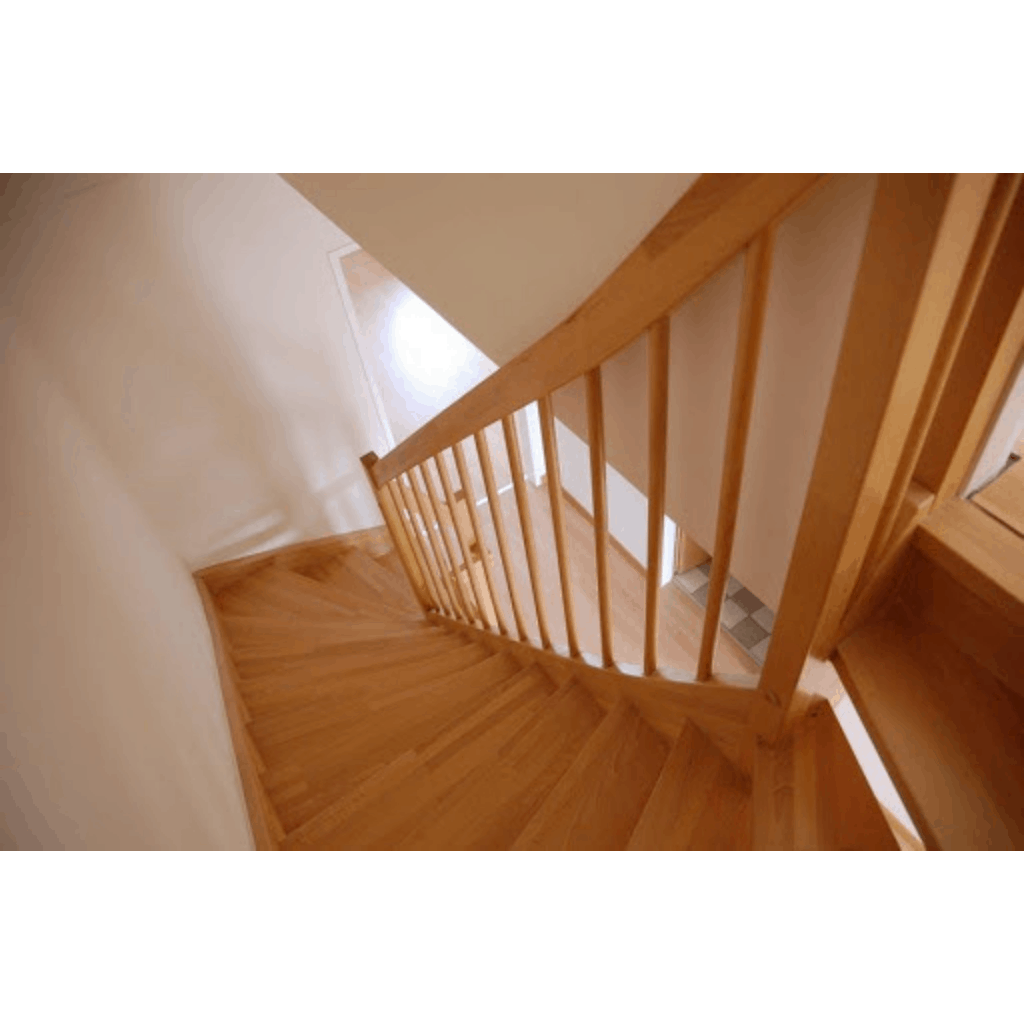Want to do something with your basement? Expand your living space and increase property value with basement renovations in Winnipeg. Before embarking on a major basement development, consider these simple but important tips:
OBTAIN PERMITS AND BUILD TO CODE.
A big DIY mistake for basement renovations is starting without checking local building code or applying for necessary permits. Obtaining permits will ensure that all the electrical, plumbing, gas and other systems in your basement are installed properly and safely. It also makes sure your basement has proper escape routes and exits in the case of an emergency.
DEAL WITH WATER ISSUES FIRST.
You don’t want to spend a fortune on basement renovations to have it ruined after the first big rain fall or after the snow melts. If you’re not sure what to look for, have a professional home inspector come into your home and check the basement for any potential issues that could cause moisture or water damage. You should also make sure your gutters are clear of debris and the grading of your lot is sloped away from the home. Ground flooding can penetrate your foundation and leak into the basement.
INSTALL A DROP CEILING.
You might prefer the look of a drywall ceiling, but you’ll be so thankful you took this piece of advice when something goes wrong with your plumbing, HVAC or electrical systems. Drop ceilings allow easy access to all these systems, so you won’t have to tear out a part of the ceiling for repairs or replacements. Read these drop ceiling installation tips.
HEAT AND INSULATE.
If basement builders are finishing an unfinished basement or renovating the finished basement you have, ask them about the insulation on the exterior walls. If your older basement could use an upgrade, swap out your old insulation for some new, more efficient insulation and improve your home’s R-value. You should also make sure that your HVAC system is properly extended to every room in your new basement development. The basement will always be a bit cooler than upstairs, but it shouldn’t be uncomfortably cold.
GIVE YOUR UTILITIES PLENTY OF SPACE.
Don’t be tempted to make your utility room too small to gain square footage elsewhere, or you might regret it later when you need to get in there to repair or replace your hot water heater, furnace or humidifier. Plus, building code will require a certain amount of space between these units and the walls. Give them the space they need and don’t waste money finishing the utility room.
Read more about basement developments and other home improvements in this home renovation blog.


